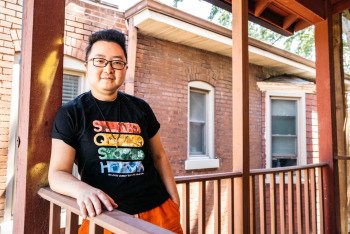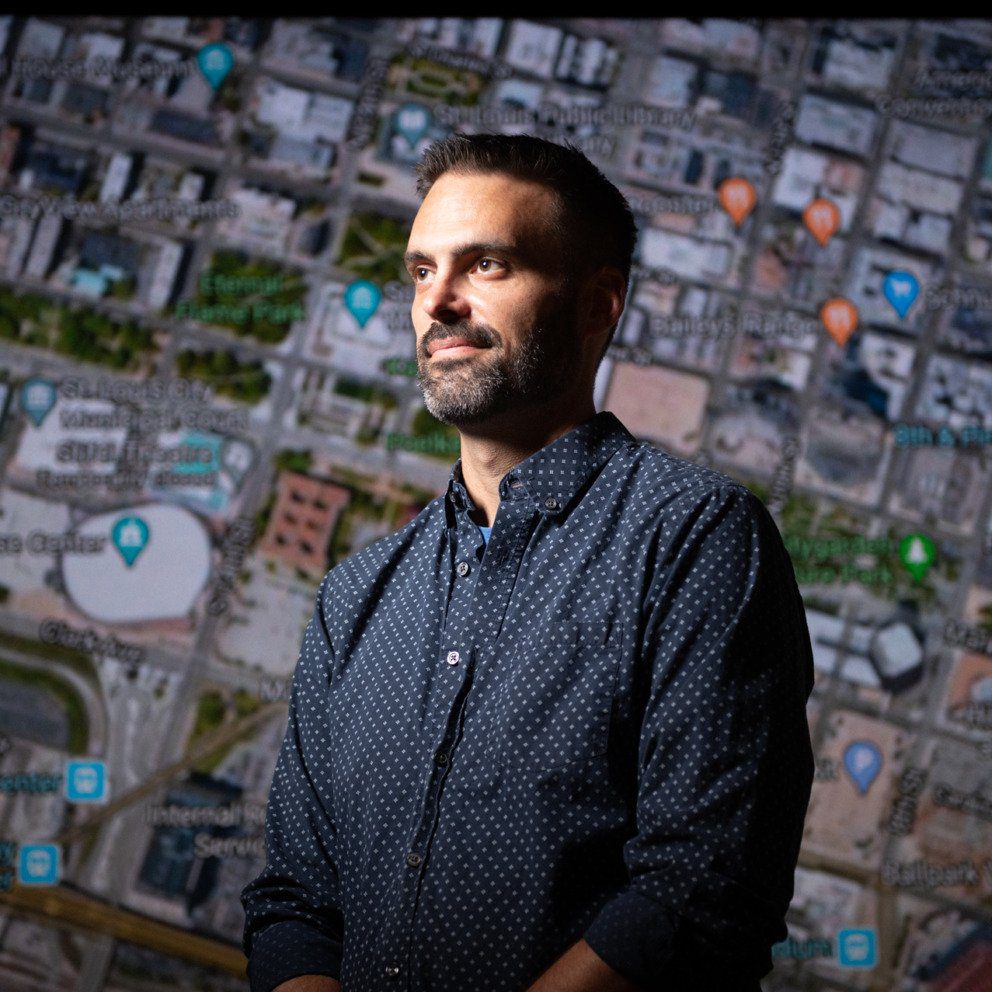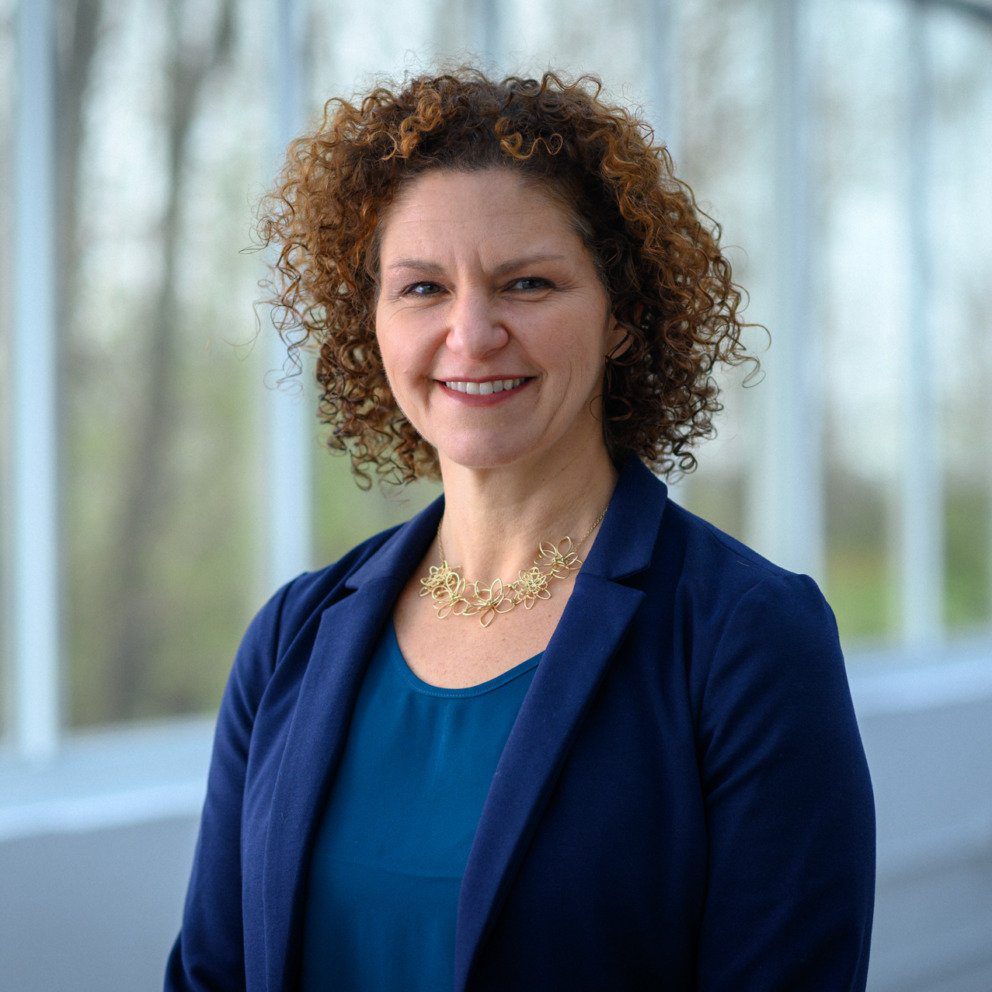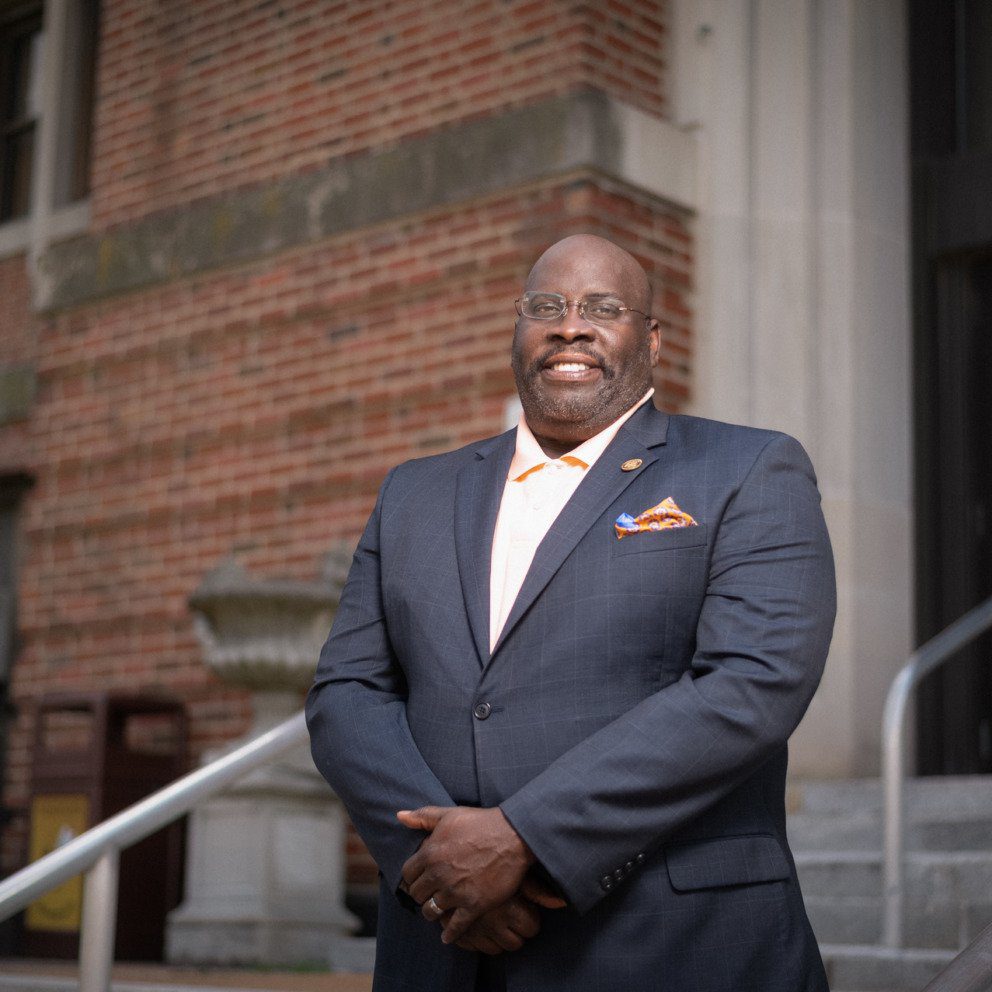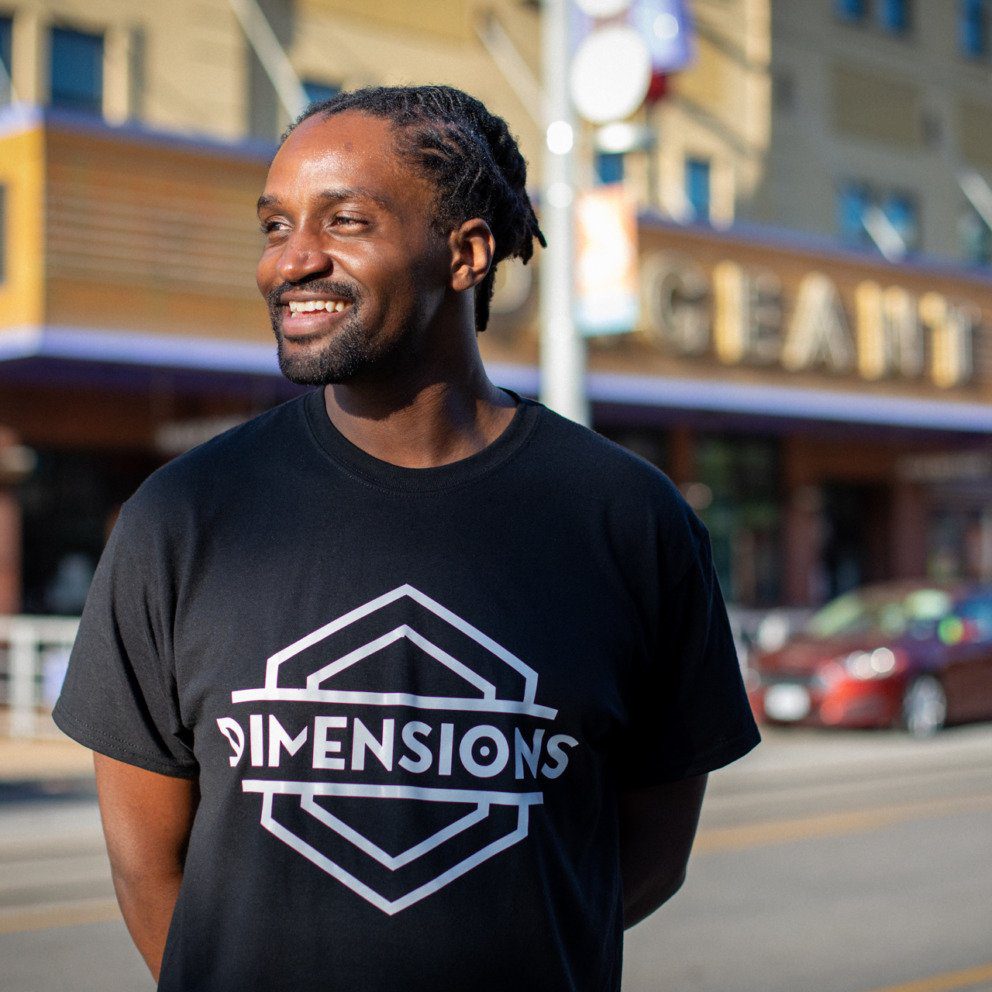Flying High
Entrepreneur Bronwyn Morgan brings drones and geospatial tech together with her company, XEO Air.
As Bronwyn Morgan prepared for her first takeoff, she recalls being frightened to death of losing her aircraft — even as she was watching from below, safely on the ground.
“I did not want this thing to get away from me. You lose a drone, and you just pray it comes back to you,” Morgan said. “But I found it very liberating. It was my chance to fly, but I didn’t have to be in the sky to do it.”
While Morgan considers herself first and foremost an innovator, she’s also a geospatial entrepreneur. She founded XEO Air in 2017, as a company that collects data for other businesses using drones. She keeps it simple in her definition of geospatial technology: “It’s all just about the place and space that something exists.”
(Not sure what geospatial is? Check out our interactive slideshow.)
“This is new,” Morgan said. “The whole idea of aerial data use for industries that really hadn’t even thought about it. Mixing this geospatial data in with business intelligence and now artificial intelligence becomes a game changer. I think that geospatial is the future.”
As for XEO Air’s future, Morgan aims to take on a very strong presence in the market as a leader in geospatial data in the next few years. Her goal is well-timed, as the National Geospatial-Intelligence Agency builds its new west headquarters just north of Downtown St. Louis and expects to be fully operational by 2025.
“We are data collectors as drone pilots, and at the end of the day, we’re a data company. We just happen to get our data from the sky,” Morgan said. “And eventually, soon, we’re moving into an autonomous environment. We’d like to be the autonomous drone services provider for the industries that we serve.”
Morgan grew up in the Metro East but moved to various states as an adult. Most recently, she spent 25 years in Atlanta, Georgia, before moving back to the region to be closer to her family. It was in Atlanta that XEO Air was born.
“And while here, I thought how am I going to build these companies, but I’m not there at my office? What do I do? I’m not in the ecosystem that I’ve been accustomed to,” she said of moving back to St. Louis. “And so I started to do what I usually do, kind of started to nose around, do some research, get to know people. And of all things, St. Louis was becoming, or is becoming, this destination for geospatial. And I just thought this has got to be some amazing synchronicity.”
And synchronicity it was. Morgan said she built relationships with startup incubator T-REX Executive Director Patty Hagen and Mark Tatgenhorst, who is a 33-year veteran of the NGA and the program director of the Geospatial Innovation Center at T-REX. Those relationships led to XEO Air becoming one of the first companies in T-REX’s geospatial incubator.
Morgan’s experience as a returning St. Louisan leads her to believe that there’s room for many more companies and job opportunities in the geospatial scene in St. Louis.
“Attending Dunbar Elementary School in East St. Louis, and then being gone for so long and working around the world and then coming back now to this area, I’m seeing a lot of growth, new opportunity,” Morgan says. “I see a city that is looking to heal, as well as grow in a new direction, and I think geospatial is a great space to do it.”
Morgan sees the opportunities in the geospatial industry as a way to address some of the societal inequities that have come to national attention thanks to the Black Lives Matter movement.
“For me, it was never about just creating a drone company, it was really about an aerial revolution. And geospatial and the data is the biggest part of it,” says Morgan. “And this is what we’ve got to look for, these kinds of outlets to solve some of these social problems that we also have. This is doable.”
– Bronwyn Morgan
As a Black woman, Morgan knows what it’s like to walk into a meeting or professional space and be one of few (if not only) people who look like her. But she believes it gives her an opportunity to be the voice people want to hear.
“But it also is a bit daunting at times because you wonder if people take you seriously,” she said. “You have to often demonstrate your credentials and quote your resume more than others — but that’s been my whole career. I didn’t just start yesterday. I believe in being a trailblazer.”
Morgan works to embrace Black women already working in the industry and hopes to be an inspiration for girls and boys who want to pursue a geospatial-related career. She emphasizes the importance of getting youth involved and making sure they have access to the educational programs they need to attain those goals.
“We want to encourage and train more young drone pilots, more young folks in geospatial, artificial intelligence, 5G, all the things that I touch and soon urban air mobility and get them engaged so that they recognize if I can do this, you can do this. I want to hopefully be an inspiration to others.”
This story is part two of a four-part series on geospatial in St. Louis. Read the others here:

